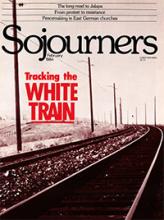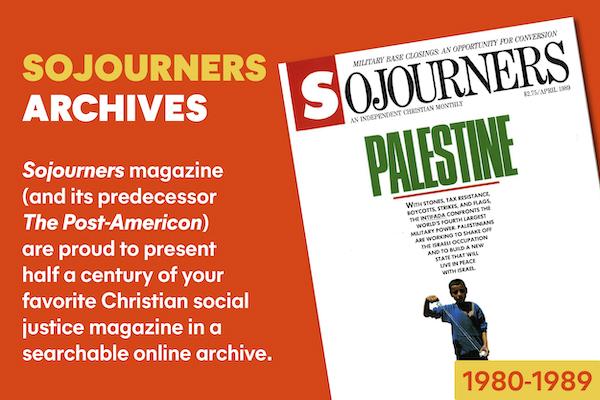I was asleep when the word came. "The White Train left the Pantex plant in Texas last night. It's in Kansas right now and headed this way."
Carolyn looked very serious, but then she laughed at me when I jumped up from where I had been napping and grabbed hurriedly for my shoes. "Calm down. It will take at least a day or two to get all the way to Georgia."
Read the Full Article

Already a subscriber? Login
